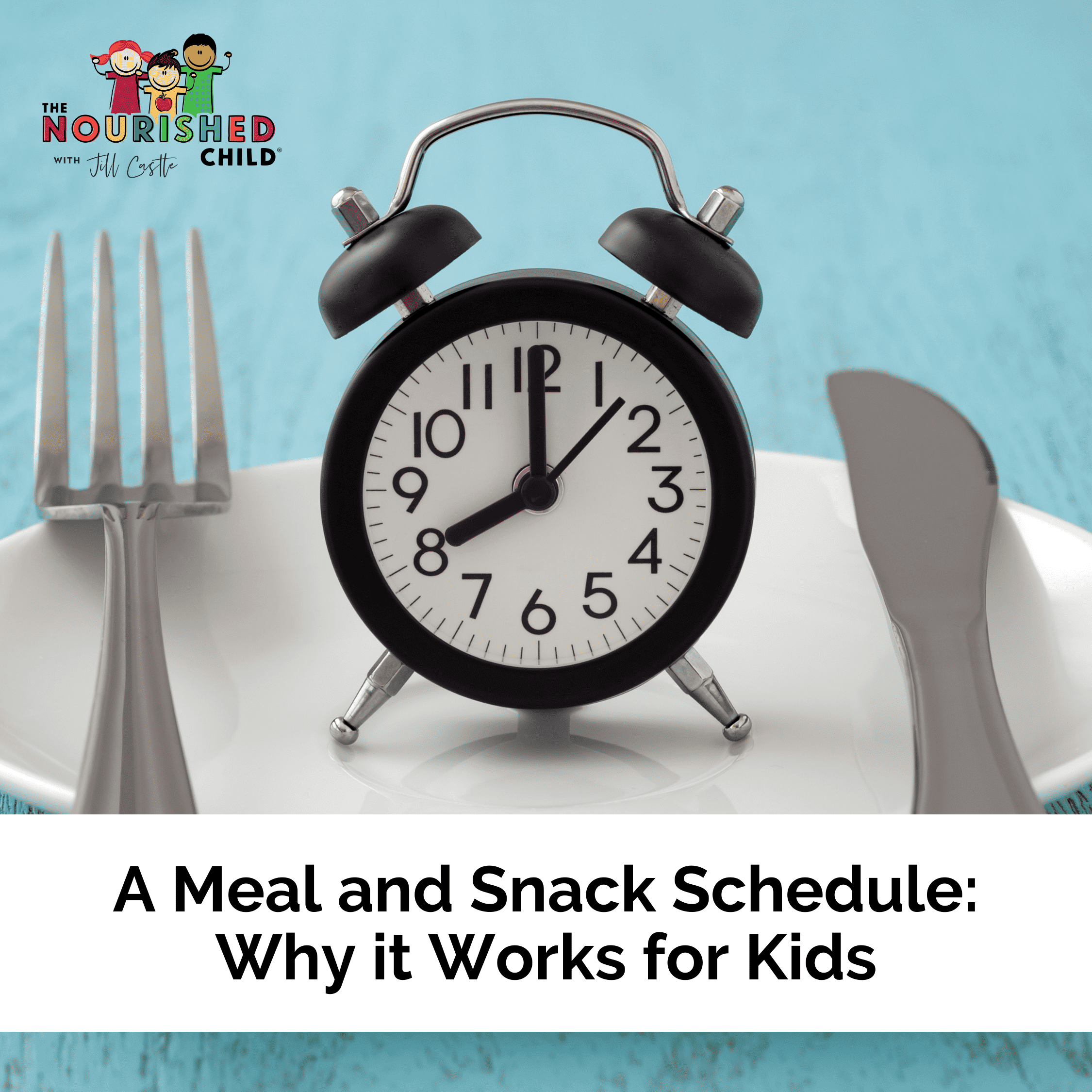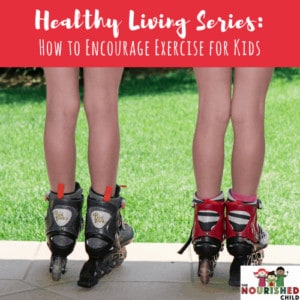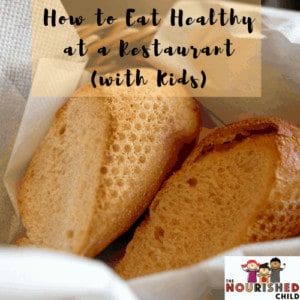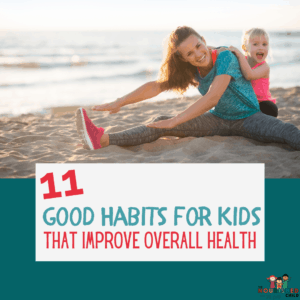Raw vs. Pasteurized Milk: What’s Best for Your Child?
August 10, 2023
What’s best for your child: Raw milk or pasteurized milk? Let’s explore the pros and cons of raw milk vs. pasteurized.
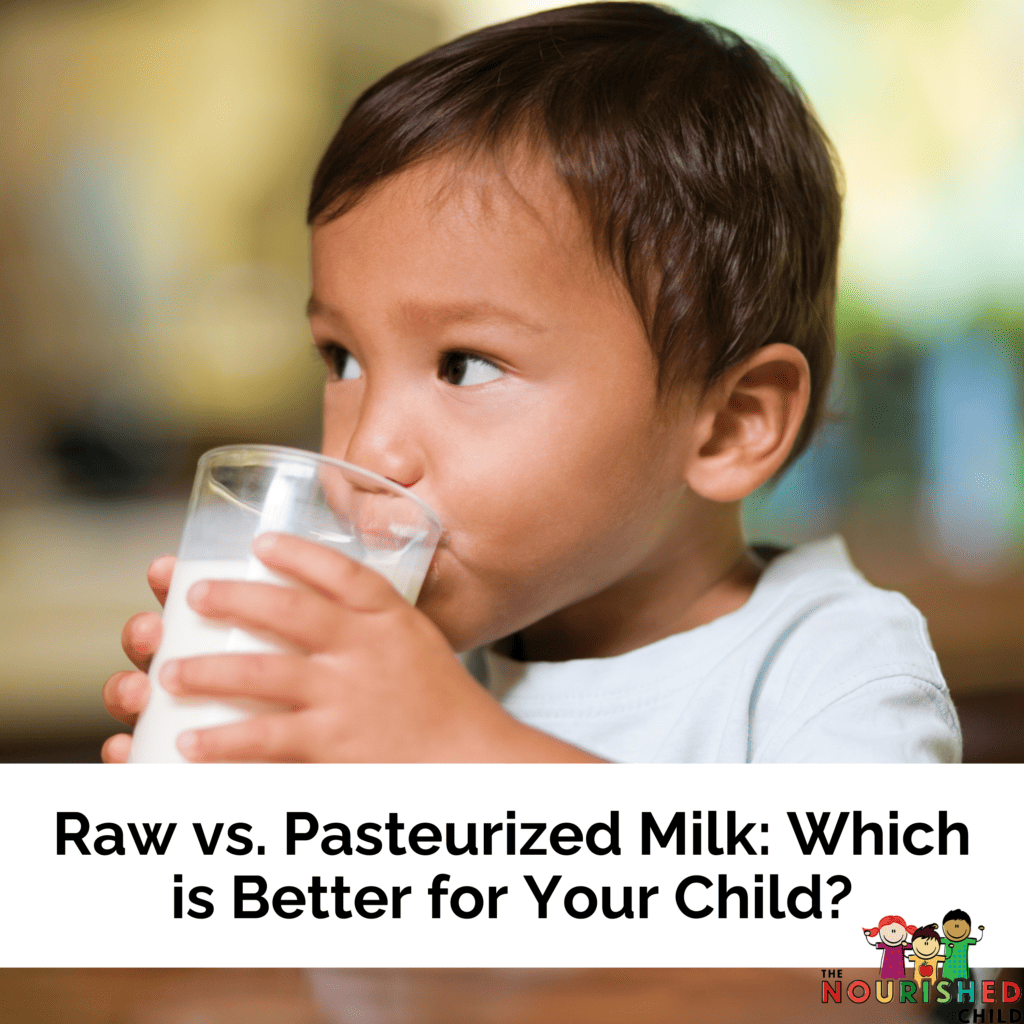
Recently, on my YouTube channel, someone commented that raw milk is an appropriate substitute for children. I thought this would be a perfect time to tackle this topic and explore raw milk safety for children.
Raw milk and raw milk cheese consumption is increasing worldwide, especially since there is a growing demand for minimally processed, sustainable, healthy, and local foods.
But it begs the question: Is raw milk safe for kids?
In this article, you’ll learn about raw and pasteurized milk, and the proposed benefits and potential safety concerns for children.
What is Raw Milk?
Raw milk, or farm fresh milk, is milk that comes straight from the cow. Raw milk is not pasteurized.
Pasteurization is a process that kills harmful bacteria by heating milk to a high temperature. Most of the nutrients found in raw milk are preserved during pasteurization.
Raw milk may be contaminated with a variety of bacteria, including E. coli, Salmonella, Listeria, and Campylobacter. These bacteria can cause food poisoning and serious illness, especially in young children.
Even if you go to a farm that is super conscientious about how they produce and store milk, raw milk can still become contaminated, especially at certain temperatures, where the bacteria in raw milk can grow.
Why is Raw Milk Potentially Unsafe for Kids?
Children are more vulnerable to foodborne illnesses than adults because their immune systems are not fully developed. In fact, there are studies that show children under age five are particularly vulnerable to any foods that are raw, undercooked, and/or potentially contaminated with bacteria.
In the United States, the Food and Drug Administration (FDA) recommends that children avoid drinking raw milk.
The Centers for Disease Control (CDC) concur, advising children and adults to avoid raw milk.
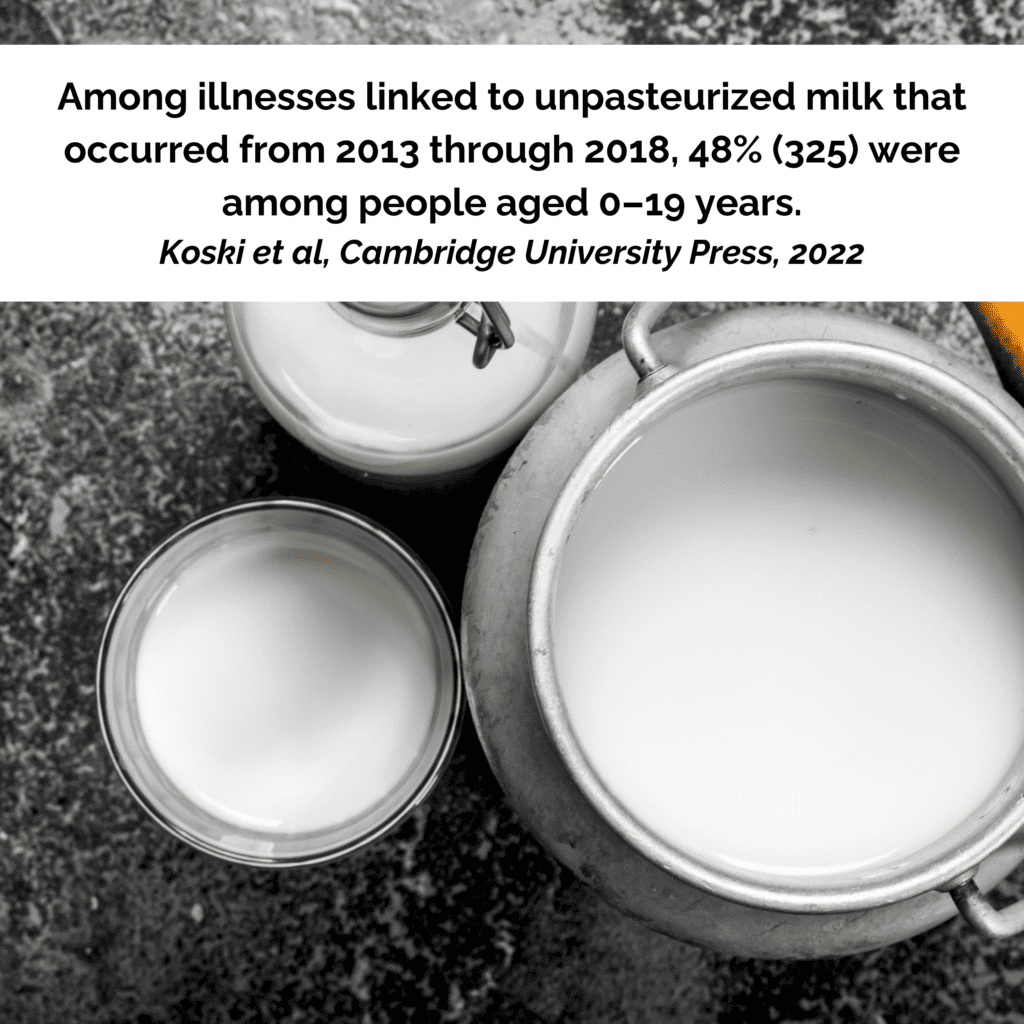
Raw Milk Health Risks
In a 2020 study, raw milk was shown to have the highest prevalence of live bacteria (coliform, E. Coli, and other aerobic bacteria) compared to pasteurized milk.
The authors found that raw milk had minimal lactic acid bacteria in it, which is the probiotic that gives those health benefits to the gut microbiota.
So what are the health risks associated with drinking raw milk?
Food Poisoning
As I mentioned, raw milk can be contaminated with bacteria, such as E. coli, Listeria, and Salmonella. These can cause food poisoning and lead to symptoms such as nausea, vomiting, diarrhea, and fever.
Other Infections
Raw milk may also be contaminated with other pathogens, such as viruses and parasites. These pathogens can cause a variety of infections, including meningitis, campylobacteriosis, and brucellosis.
Allergic Reactions
Some individuals may have an allergic reaction to raw milk. These reactions can range from mild to severe.
Hemolytic Uremic Syndrome (HUS)
This is a rare but serious illness that can damage the kidneys.
What are the Benefits of Drinking Raw Milk for Kids?
Some argue that raw milk is healthier than pasteurized milk. But there is no scientific consensus on the benefits of drinking raw milk.
Some studies have shown potential benefits, while others have found no difference between raw milk and pasteurized milk.
More research is needed to determine if, in fact, there are real benefits to drinking raw milk.
The following are some of the reported benefits of drinking raw milk:
Improved Digestion
Some believe the enzymes in raw milk help break down food, which may improve digestion and reduce symptoms of lactose intolerance.
But, our bodies already make the enzymes we need to break down food.
Increased Immunity
Some say raw milk contains beneficial bacteria that can boost the immune system and protect against infection.
Better Absorption of Nutrients
This theory follows the one above that proposes the enzymes in raw milk break down food. It supposes the enzymes help break down nutrients, making them more easily absorbed by the body.
Although food is broken down into nutrients for absorption, nutrients are not broken down.
They are the end result of digestion, in the right form for absorption.
Reduced Risk of Allergies and Asthma
Some studies have shown that drinking raw milk may reduce the risk of allergies and asthma, but other studies state there’s not enough evidence to make this conclusion.
Better Skin Health
Some say raw milk contains fatty acids that can help to improve skin health.
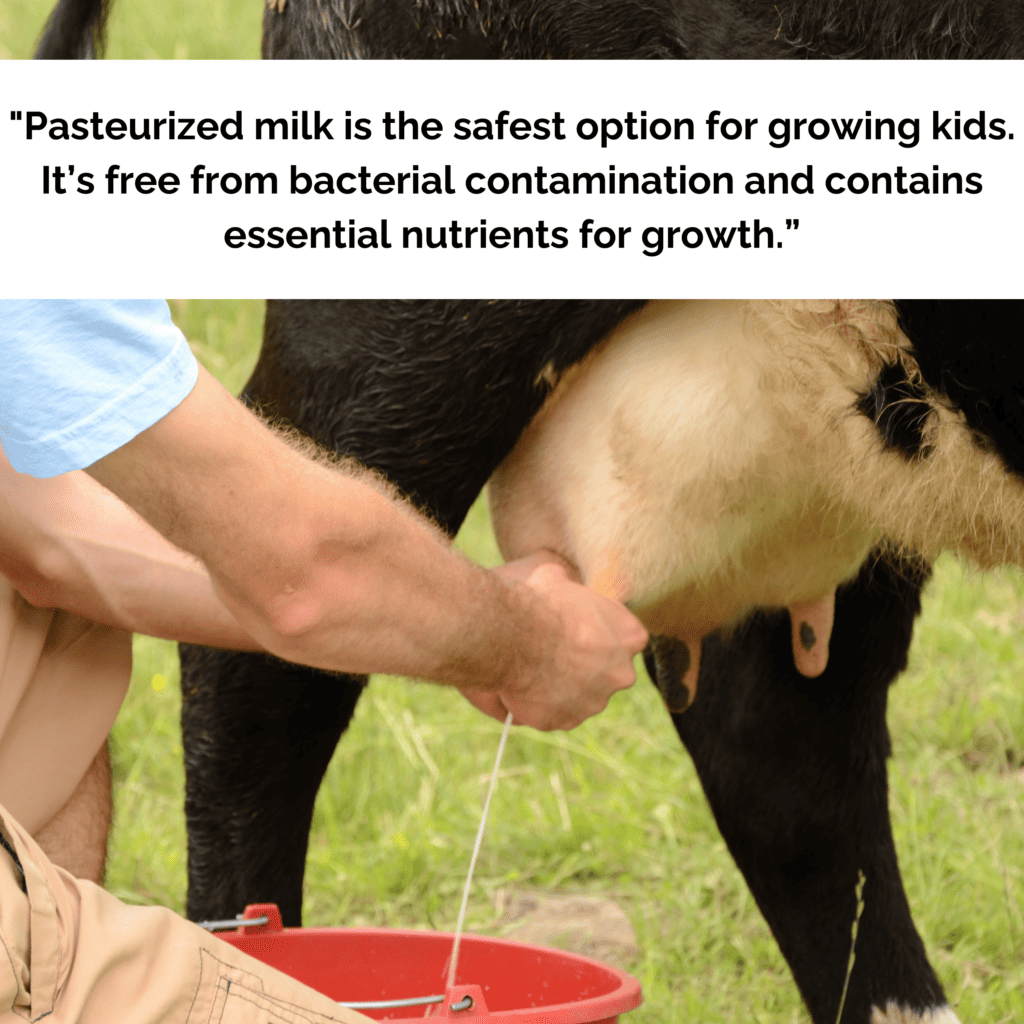
Raw vs Pasteurized Milk: Which is Best?
Here’s my take on these potential benefits: I’m not sure these health benefits are solely from raw milk. They may be seen also by consuming pasteurized milk.
“The thing about raw milk is that there is a fairly large risk, and only vague, theorized benefits. Despite making up a tiny fraction of milk sales in the U. S., raw milk causes the majority of milk-associated outbreaks in the country. Your risk of getting sick from drinking raw milk is somewhere in the range of 50 to 150 times higher than drinking pasteurized milk.”
Epidemiologist Gideon Meyerowitz Katz
If you are thinking about offering your child raw milk, it’s important to consider the potential risks.
And remember…
- There’s no scientific consensus that drinking raw milk is safer, healthier, or better than drinking pasteurized milk.
- The CDC and the FDA advise children not to drink raw milk.
- If you do purchase raw milk, it’s important to transport it and store it in a way that preserves its safety. Make sure you understand what you need to do on your end to make sure your child is safe and at minimal risk for foodborne illness.
Pasteurized milk is the safest option for growing kids. It’s free from bacterial contamination and contains essential nutrients for growth.
Other Raw Foods Children Should Avoid:
- Undercooked meat, poultry, and seafood
- Raw fish and seafood
- Raw eggs
- Unripe fruits
- Raw sprouts
- Foods made with raw milk like cheese and ice cream
It’s important to cook all foods thoroughly before serving them to children. This will help to kill any harmful bacteria that may be present.


